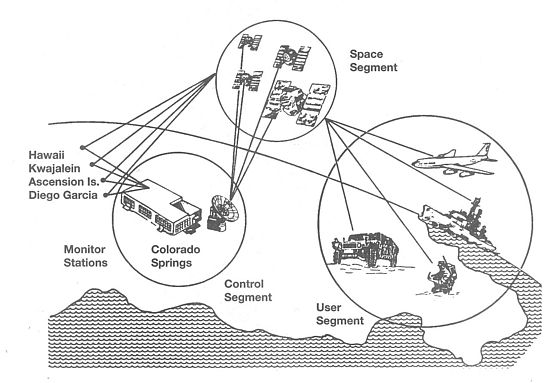Dr. Bernard Geoghegan
NOMIS-FellowNOMIS-Fellow
Rheinsprung 9/11
4051 Basel
Schweiz
Curriculum Vitae
Bernard Dionysius Geoghegan is a media theorist and historian of technology based in Gothenburg (Sweden) and London (UK). Dr. Geoghegan has written extensively on global conflict and cultural difference in the development of AI, cybernetics, information theory, HCI, and multimedia design. Related to these themes, he has also written in depth on the medial and technological history of twentieth-century philosophy, with a particular emphasis on projects, platforms, and programs that bound together French theorists and computer scientists in common epistemic cause from around 1945 to 1975. His book Code: From Information Theory to French Theory appeared from Duke University Press in 2022. Other essays and texts appear in journals including Critical Inquiry, Representations, and Grey Room. These research interests also shape his work as a curator and media practitioner, for example, in projects on the Anthropocene as planetary infrastructures for the Haus der Kulturen der Welt.
Current Project
To render a digital image is not merely to specify an expanse of pixels within the specifications of a format, such as the JPEG’s Y'CbCr scheme. Rendering also establishes conformity between a localized performance and its specification in global technical standards. In so doing, rendering—be it graphical, military, or juridical—produces territories. My NOMIS project Screenscapes: How Graphics Render Territories examines how computer graphics enact territorial articulation. I am interested in how computer graphics facilitate the media-technical formatting of bodies, instruments, and space—in large part, through computational modeling. In so doing, “Screenscapes” puts forth a global history of how computational models driving graphics encode the coordinates of political struggle, which live on in today’s digital visual cultures. As an excavation of these struggles, “Screenscapes” contributes to a larger and flourishing debate around digital visual culture and the construction of planetary space, underway in fields including the history of science, infrastructure studies, visual culture studies, media studies, and environmental studies. Screenscapes pivots around key case studies of computational instruments for spatial-visual formatting, including 18th and 19th-century astronomical almanacs, mid-20th-century radar, and early 21st-century GPS-enabled smartphones.
Quick Links

